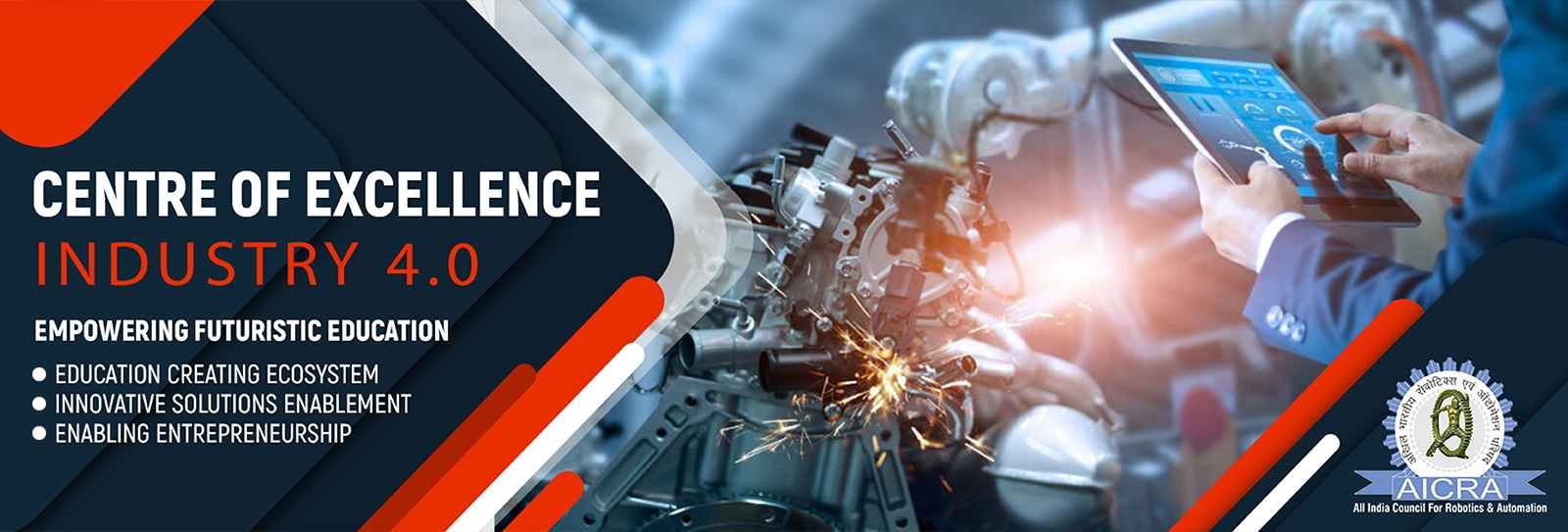HOW AI HELPED BEIJING HOSPITALS TO BUILD A HEALTHCARE SYSTEM BASED ON PATIENTS PERSPECTIVE

- 11/03/22
- GRAPES
Overview
Beijing is a city in china with a highly dense population with several rural areas, so it was really important for the government to make sure that they can provide healthcare services to everyone in need on time with utmost efficiency. But the real challenge was the fewer physicians available to handle the mass population and also the poor access to healthcare services for those who live far away from the city. The local government wanted to build a system that entirely changes the landscape of providing and receiving healthcare services.
To tackle the challenge, the local government had to collaborate with various AI startups, local hospitals and clinics to construct a new multi-tiers healthcare infrastructure from the patient's perspective. The model consisted of 4 different tiers as follows.
- Self-diagnosis and early symptom awareness with AI agents
- Telehealth (or in-person visit) with PCPs in nearby clinics in the community or.the rural village
- Examinations in a lab at examination centres or in a general hospital
- In-person visit with a specialist.
Apart from the four steps of the patient journey, They wanted to build an online community that enables the patient to browse regarding her symptom or medical condition, after the diagnosis and treatment, the patient needs to interact (explicitly or implicitly) with pharmacies or with medical issuance companies' information systems.
APPROACH
The development of the new healthcare system focused on 3 components
- An NN-based AI moderator for an online forum. It can generate new responses to users in an online community. Initially, it was created for pregnant women.
- People use a chatbot on mobile phones for self-diagnosis.
- Physicians using an AI-empowered Clinical-Decision Support System in their daily work practice
AI Community Moderator for Online Forum for Pregnant Women
The online forum works with the latest Neural Network language generation models with a Chabot user interface on top of the backend algorithm. With the system, pregnant women can gain appropriate advice provided by AI, whether they want to seek emotional or informational support or simply share their life. The model analyses the data including the title, text and picture content of the post, the reply content, and the basic information of the user, such as the expected date of childbirth to construct a response. The next step of the project was to develop a chatbot interface to communicate the AI-generated responses back to the forum. Our chatbots will identify the posts that have not been answered for a long period, and reply to provide their emotional or information support.
Self-Diagnosis of Disease with A Chabot In Your Hand
A Chinese medical smartphone application named Left Hand Doctor (LHD) was developed to provide the general public with intelligent and professional self-diagnosis services. The application had two-component as follows
- Intelligent self-diagnosis component
- Intelligent medication consultation component
The intelligent self-diagnosis component is a text-based and system-initiative dialogue system, as well as a new kind of Personal Informatics System. It asks several questions about the user’s symptoms, previous medical history and other relevant information, LHD will provide several highly possible diseases annotated by their possibilities, relevant hospital departments and other medical advice such as possible treatments.
Pinggu District is in the NorthEast of Beijing, with 4 general hospitals in the town centre and more than 20 clinics in rural villages. More than 430,000 permanent residents receive medical services from this large medical infrastructure with AI automated self-diagnose services.
Ref : yunzhi_li_et_al.-human-ai_interaction_in_healthcare_three_case_studies_about_how_patient_s__and_doctors_interact_with_ai_in_a_multi-tiers_healthcare_network%20(1).pdf
Human-AI Collaboration in Clinical-Decision Support System
Smartest of the smart
An integrated AI-based diagnosis support system has been adopted by all the general hospitals and rural healthcare stations in Beijing that helps physicians’ clinical diagnosis and medical decision-making.
The system has 3 major components as follows
1) Intelligent diagnostic component
2) Prescription recommendation component
3) Medical knowledge base component.
The intelligent component helps clinical doctors to accurately predict the disease by looking at the patient’s symptoms, medical history, and patients’ self-statement if any. The prescription component recommends medication and gives corresponding reasons based on the patient’s medical history, allergic history, basic information and other relevant medical records. The medical knowledge database contains a large and diverse set of electronic health records and medical information, such as the definition and treatment of various diseases.
Conclusion
This case study depicts the human-AI interaction experiences in the healthcare domain of Beijing, China. The fusion of technological advancements in the healthcare system helped them to leverage the best services possible.
Recent Post

HOW TECHNOLOGY HELPED GHANA TO GET CLEAN WATER
- 24/11/22
- GRAPES

HOW THEY ARE TRYING TO BUILD THE HAPPIEST CITY ON THE EARTH
- 11/03/22
- GRAPES

HOW THIS GLOBAL BANK USED AI/ML SOLUTIONS TO DETECT CHECK FRAUD
- 13/12/21
- GRAPES

HOW NINJAKART IS IMPLEMENTING TECHNOLOGY TO BENEFIT FARMERS
- 13/12/21
- GRAPES
Copyright © 2021-2024 GRAPES (Global Resource for Automation Projects & Enterprise Services) Privacy Policy | Terms & Conditions | Disclaimer


























_1_11zon.jpg)
_2_11zon.jpg)

